Cybersecurity has become a major consideration in mergers and acquisitions (M&A). Today, buyers aren’t just acquiring customers, intellectual property, or revenue. They’re also inheriting your company’s cybersecurity risks. And a single overlooked vulnerability can quickly escalate into a costly breach, turning a strategic acquisition into a liability.
That’s why penetration testing is now seen as a key part of M&A due diligence. It helps buyers evaluate the security posture of the company they’re acquiring, identify any hidden threats, and make more informed decisions before finalizing the deal.
tl;dr: In high-stakes M&A deals, ignoring cybersecurity can lead to costly surprises. Pentesting for mergers and acquisitions gives acquirers visibility into inherited risks, technical debt, and compliance gaps. AppSecure delivers fast, manual-driven assessments aligned to deal timelines, so you can move forward with confidence, not guesswork.
What is pentesting for mergers and acquisitions?
Pentesting for mergers and acquisitions is a targeted assessment designed to uncover cybersecurity risks that may materially affect deal value, compliance posture, or post-acquisition integration.
Here’s how pentesting for M&A differs from standard assessments:
- Evaluates vulnerabilities in a transactional context
Rather than just listing technical flaws, the assessment analyzes how each issue could affect business operations, whether through lateral movement potential, exposure of sensitive data, or privilege escalation risks that could compromise core systems after acquisition.
- Maps findings to compliance frameworks
Security controls are reviewed against industry standards such as ISO 27001, SOC 2, HIPAA, or PCI DSS. Any gaps in control maturity, policy enforcement, or system hardening are identified early, allowing buyers to anticipate audit challenges or certification delays.
- Enables risk-aligned decision-making
Vulnerabilities are contextualized based on exploitability, business impact, and remediation complexity. Acquirers gain a clear view of how each security gap could influence negotiation terms, integration planning, or long-term risk exposure.
- Integrates seamlessly into the M&A timeline
Assessments are commonly scheduled between the LOI and deal closure. Some organizations also repeat testing post-transaction to validate fixes and guide integration efforts, aligning acquired systems with the buyer’s security baseline.
Where does pentesting fit into the M&A lifecycle?
Timing plays a critical role in minimizing security risk during mergers and acquisitions. A well-timed penetration test not only uncovers hidden exposures but also supports secure transitions and integration.
Let’s break down how pentesting aligns with each phase of the M&A lifecycle:
- Pre-deal reconnaissance: Asset discovery and threat exposure mapping
In the due diligence phase, shortly after the LOI, acquirers should initiate a reconnaissance-level assessment of the target environment. The goal is to map out attack surfaces, identify unmonitored systems, and evaluate threat exposure.
This includes scanning for exposed credentials, unsecured remote access points, and legacy infrastructure. Results help security teams quantify inherited risk and provide leverage for renegotiating terms or requesting remediation before closing.
- Transaction close validation: Last-mile risk confirmation
As the deal approaches closure, a limited-scope pentest can verify that no new critical vulnerabilities have emerged during the negotiation period.
This phase is ideal for validating control integrity, ensuring no changes have weakened perimeter defenses, and reviewing incident response readiness for inherited environments. It reduces the likelihood of immediate post-acquisition disruptions.
- Post-deal integration testing: Security alignment across environments
After the deal is finalized, pentesting shifts focus to integration challenges. This includes identifying conflicting IAM configurations, insecure interconnectivity, overlapping network segments, or inconsistent logging policies.
Testing helps prioritize remediation, align inherited assets with the acquirer’s baseline, and support continuous monitoring as part of the integration roadmap.
What does pentesting for mergers and acquisitions typically cover?
Now that you know where penetration testing fits into the M&A lifecycle, it’s important to understand what the actual testing process covers:
- Network perimeter and internal infrastructure
Pentesting for mergers and acquisitions starts with scanning and probing public-facing infrastructure, DNS records, exposed ports, remote access points, and internet-facing servers.
Internally, pentesters explore the corporate network for segmentation flaws, insecure legacy assets, lateral movement paths, and endpoints lacking basic hardening.
- Applications, APIs, and customer-facing portals
Business-critical software and APIs are examined for security misconfigurations, outdated dependencies, authentication flaws, and input validation issues.
hese systems often hold sensitive data and drive revenue, making them high-value targets in both testing and real-world attacks.
- Identity and access management risks
Dormant employee accounts, poorly enforced password policies, privilege creep, and lack of MFA enforcement are typical IAM gaps uncovered in M&A deals. These misconfigurations can lead to privilege escalation or unauthorized internal access post-acquisition.
- Cloud architecture and misconfigured services
Cloud environments (e.g., AWS, Azure, GCP) are reviewed for misconfigured IAM roles, publicly exposed resources (like S3 buckets or storage blobs), lack of encryption, and overly permissive access policies.
- Historical breaches and threat persistence
If the target company has faced incidents in the past, testing includes a review for lingering indicators of compromise, backdoors, beaconing malware, or unauthorized scheduled tasks that may remain in the environment.
- Third-party integrations and vendor risks
Pentesters analyze dependencies on third-party vendors, APIs, SDKs, and open-source libraries to uncover potential vulnerabilities introduced through the supply chain, especially those lacking visibility or recent patching.
Real-world risks uncovered during pentesting for mergers and acquisitions
Even well-managed companies can have hidden security issues that don’t show up in financial audits or standard due diligence. Pentesting for mergers and acquisitions helps bring these issues to light, before they become the acquirer’s problem.
Below are some common findings that carry real business impact:
- Inherited technical debt
Many target companies rely on outdated software, unsupported operating systems, or legacy hardware. These systems often haven’t received security patches for years, leaving them vulnerable to known exploits.
Once acquired, this outdated infrastructure becomes the buyer’s responsibility, introducing potential compliance issues and long-term maintenance overhead.
- Hardcoded credentials
It’s not uncommon to find credentials, like database logins or API keys, hardcoded directly into source code or configuration files.
These credentials are often shared across environments and rarely rotated. If exposed, they can provide easy, persistent access for attackers, especially if used in production systems.
- Unsecured customer data
In some engagements, pentesters have found databases storing sensitive customer information (like emails, phone numbers, or financial data) exposed to the internet.
Often, these lack even basic authentication or encryption, creating serious data privacy risks under regulations such as GDPR or CCPA.
- Shadow IT and unmanaged systems
Employees sometimes deploy tools or cloud services without involving IT or security teams. These unsanctioned assets, known as shadow IT, are rarely monitored or updated, making them easy targets for attackers.
Without testing, they often remain undetected until after the acquisition.
- Access leftover from former employees
Dormant accounts, especially those with admin or VPN access, are a common and dangerous oversight. In one case, a newly acquired company had dozens of active accounts tied to former employees.
If not deprovisioned, these accounts can be exploited post-close, posing a real risk to the buyer’s network.
AppSecure’s approach to pentesting for mergers and acquisitions
AppSecure offers fast, focused pentesting for mergers and acquisitions to support security checks during high-stakes deals.
Here’s how our approach fits the needs of deal teams, investors, and acquirers:
- Fast, discreet scoping aligned to deal phases
We initiate scoping quickly to match the urgency of M&A timelines. Whether you’re mid-due diligence, approaching deal closure, or entering post-merger integration, AppSecure adapts the testing window to avoid delays and keep the deal on track.
- Prioritized findings aligned to business risk
Every vulnerability is assessed not just by severity, but by how it could impact valuation, compliance exposure, or integration. Legal teams get clarity on risk ownership, while security leads gain actionable insights for mitigation, before risks escalate post-acquisition.
- Reporting designed for multiple stakeholders
Our pentesting reports are structured for business and technical audiences alike. Executive summaries help investors and senior leadership understand key risks, while detailed technical breakdowns provide remediation guidance for in-house or third-party engineering teams.
- Manual-first testing for critical assets
AppSecure relies on expert-driven, manual testing, not just automated scanners, to uncover logic flaws, chained exploits, and vulnerabilities unique to custom business applications or APIs. This is especially valuable when the target company has limited documentation or internal visibility.
- Secure handling of sensitive deal data
We understand the confidentiality stakes involved. All data shared with AppSecure is encrypted, access-restricted, and never reused. Every project is covered by a signed NDA, and findings are only disclosed to authorized parties.
Benefits of pentesting for mergers and acquisitions
Pentesting for mergers and acquisitions offers a number of real benefits that go beyond just identifying technical flaws:
- Avoids last-minute security issues
Pentesting can catch problems like outdated servers, open ports, or exposed databases that haven’t been flagged during routine checks. Finding these before the deal closes helps avoid emergency fixes or delays after signing.
- Lowers the chance of carrying over risky systems
If the target company has hidden vulnerabilities, misconfigurations, or old user accounts still active, those risks transfer to the acquirer. A test helps find and clean those up before they become a problem.
- Gives clear input for pricing or deal terms
If the pentest reveals major gaps, it gives buyers a reason to ask for fixes or revisit pricing. It can also support contract clauses around what needs to be fixed before the deal goes through.
- Helps teams prepare for integration
Security findings can help IT teams know where systems will clash, like mismatched identity access setups or overlapping network segments, so they can plan better and avoid headaches after the deal.
- Shows that security was taken seriously
Adding a pentest to the M&A process sends a clear message: security isn’t being ignored. That builds confidence with investors, internal teams, and anyone involved in reviewing the deal.
Common mistakes to avoid when pentesting for mergers and acquisitions
Even well-run M&A deals can miss key security steps, especially when timelines are tight and teams are stretched. Here are some common mistakes that can create long-term problems if not addressed early:
- Overlooking pentesting due to deal pressure
Tight deadlines often push security testing to the sidelines. But skipping pentesting entirely can lead to inherited vulnerabilities, such as open ports, exposed admin panels, or outdated services, that go unnoticed until they cause real damage post-acquisition.
- Delayed involvement of security teams
Cybersecurity specialists are sometimes brought in too late, after key terms have been finalized. Without their input during early due diligence, critical areas like identity access models, lateral movement potential, or threat exposure may never be reviewed in time.
- Relying solely on compliance audits
Passing a SOC 2 or ISO 27001 audit doesn’t mean a system is secure. These audits focus on policy and control design, not real-world exploitability. Pentesting simulates actual attack paths and reveals flaws compliance checks often miss.
- Not ranking systems by data sensitivity
When everything is treated equally, high-risk systems don’t always get the scrutiny they need. Assets holding PII, authentication services, or proprietary code should be prioritized, especially during limited-scope engagements.
- Ignoring cloud, IAM, and third-party exposures
Cloud misconfigurations (like open S3 buckets), poor IAM hygiene (e.g., excessive privileges or orphaned roles), and insecure vendor integrations are all common risk points. These areas require dedicated testing and often fall outside traditional infrastructure scans.
Make pentesting a part of your M&A playbook
Mergers and acquisitions move fast, but overlooking cybersecurity during due diligence can lead to real problems later. A targeted pentest helps you understand what you’re taking on, so you’re not left dealing with surprise vulnerabilities, compliance issues, or hidden technical debt after the deal closes.
It’s a practical step that protects valuation, keeps integration on track, and gives everyone involved better visibility into risk.
AppSecure offers pentesting for mergers and acquisitions that’s fast, focused, and built to fit tight timelines. Whether you’re early in the process or close to signing, we help you catch what audits might miss, without slowing down your deal.
Reach out to AppSecure for a confidential assessment and take control of security before the paperwork is final.
FAQs
- Why is penetration testing important during mergers and acquisitions?
It helps uncover hidden security risks in the target company’s systems, reducing surprises, protecting deal value, and supporting safer integration after the acquisition.
- What does an M&A-focused pentest typically include?
It covers external and internal infrastructure, critical apps and APIs, IAM gaps, cloud misconfigurations, potential breach indicators, and third-party risks tied to the target’s environment.
- At what stage of an M&A deal should penetration testing happen?
Ideally, a penetration testing should happen during the due diligence phase, after the LOI but before close. Some teams also test post-deal to validate fixes and guide integration.
- How does pentesting reduce post-acquisition cyber risk?
It identifies vulnerabilities that could be exploited after the deal, helping security teams fix issues early and avoid disruptions once systems are merged.
- Can AppSecure handle NDA-based M&A pentesting projects?
Yes. AppSecure regularly works under strict NDAs, ensuring full confidentiality throughout scoping, testing, and reporting.

Ankit Pahuja is a B2B SaaS marketing expert with deep specialization in cybersecurity. He makes complex topics like EDR, XDR, MDR, and Cloud Security accessible and discoverable through strategic content and smart distribution. A frequent contributor to industry blogs and panels, Ankit is known for turning technical depth into clear, actionable insights. Outside of work, he explores emerging security trends and mentors aspiring marketers in the cybersecurity space.


.png)




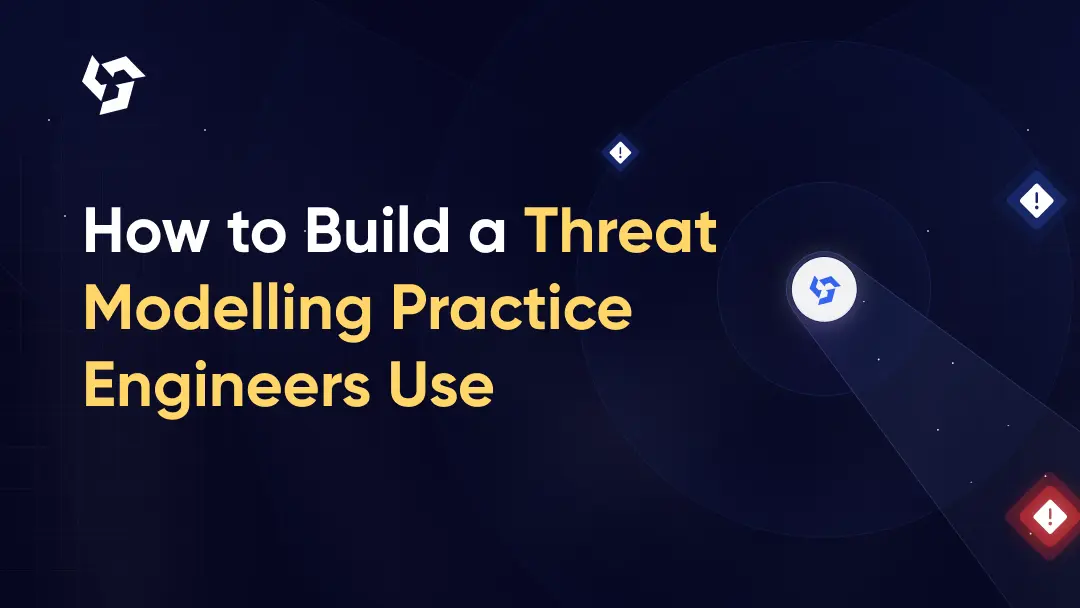
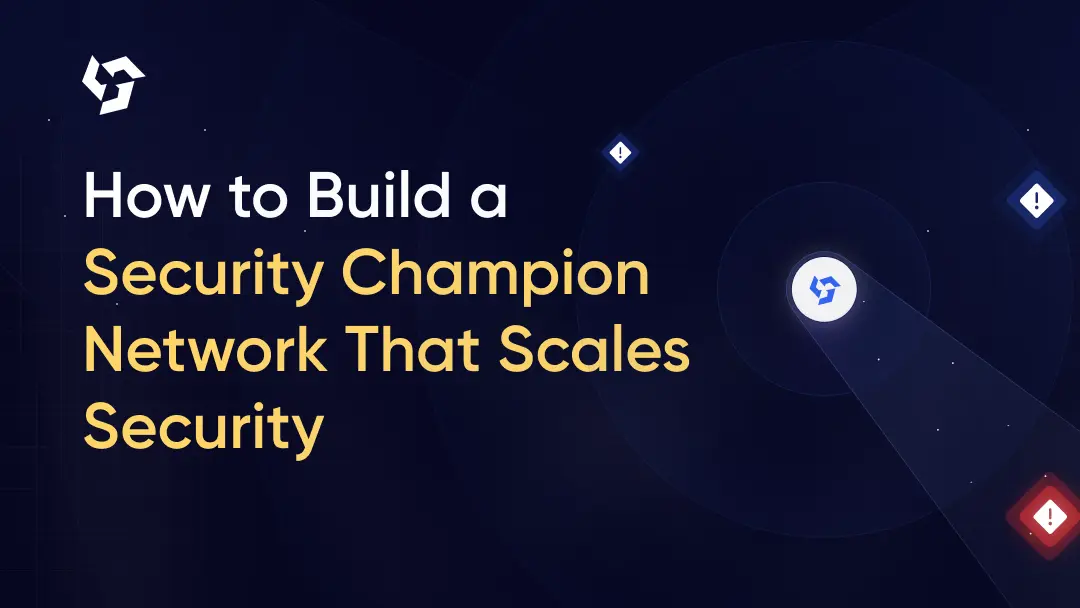

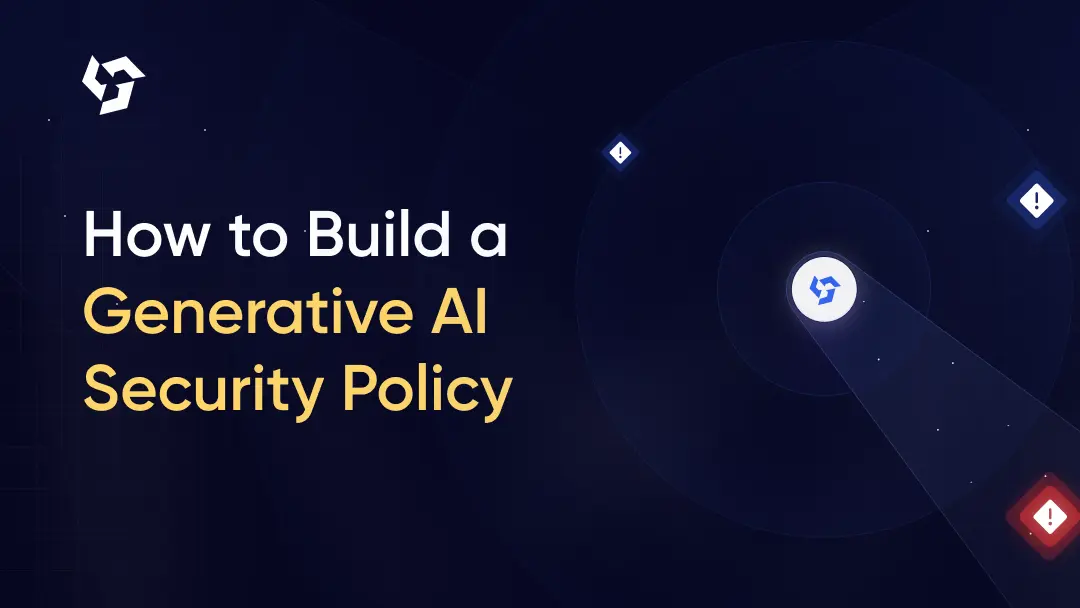
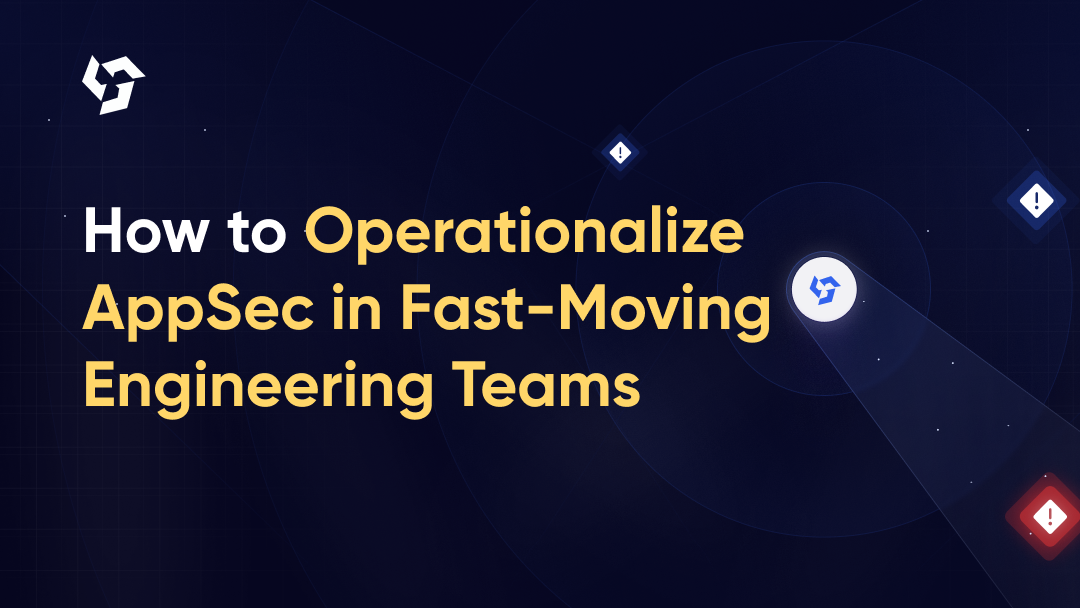

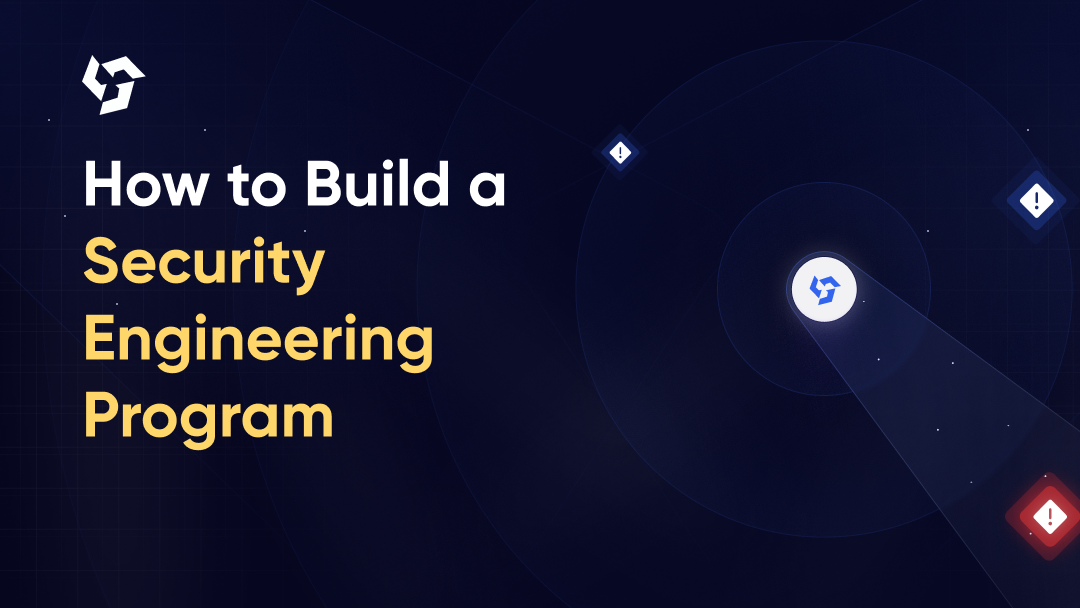

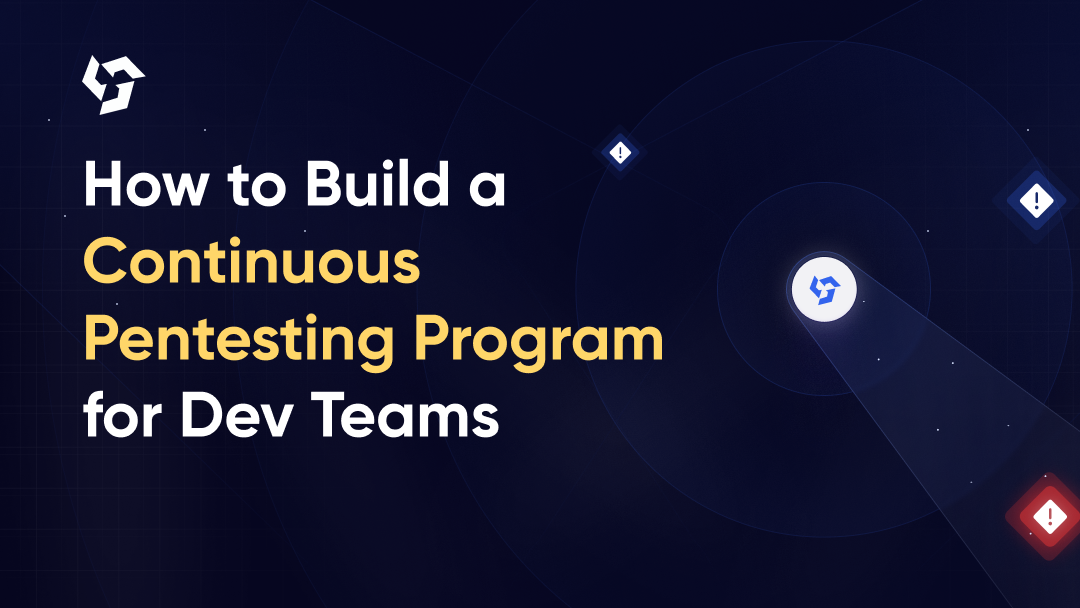

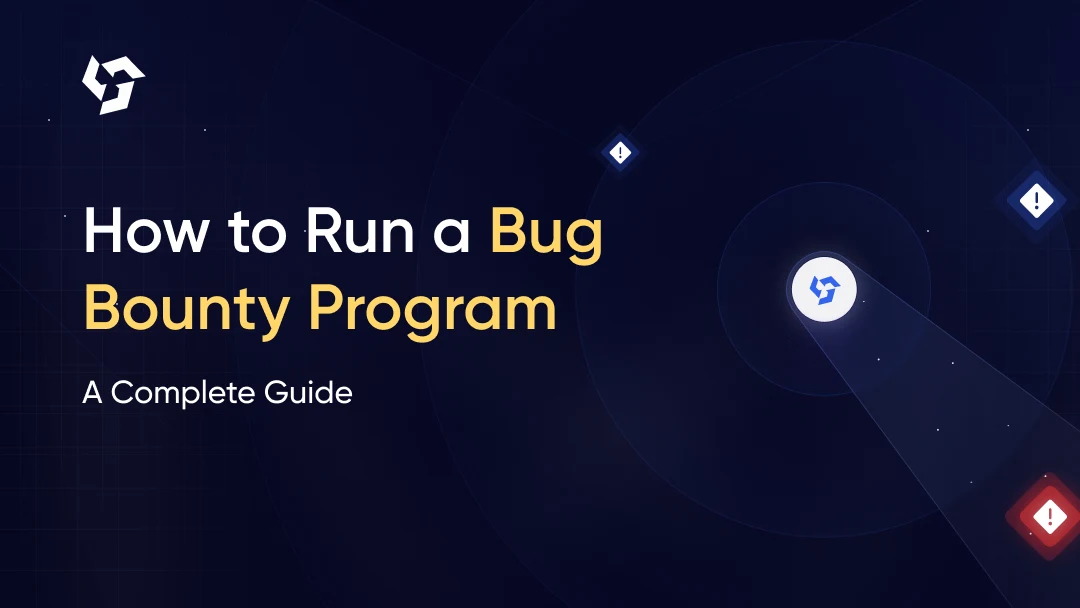


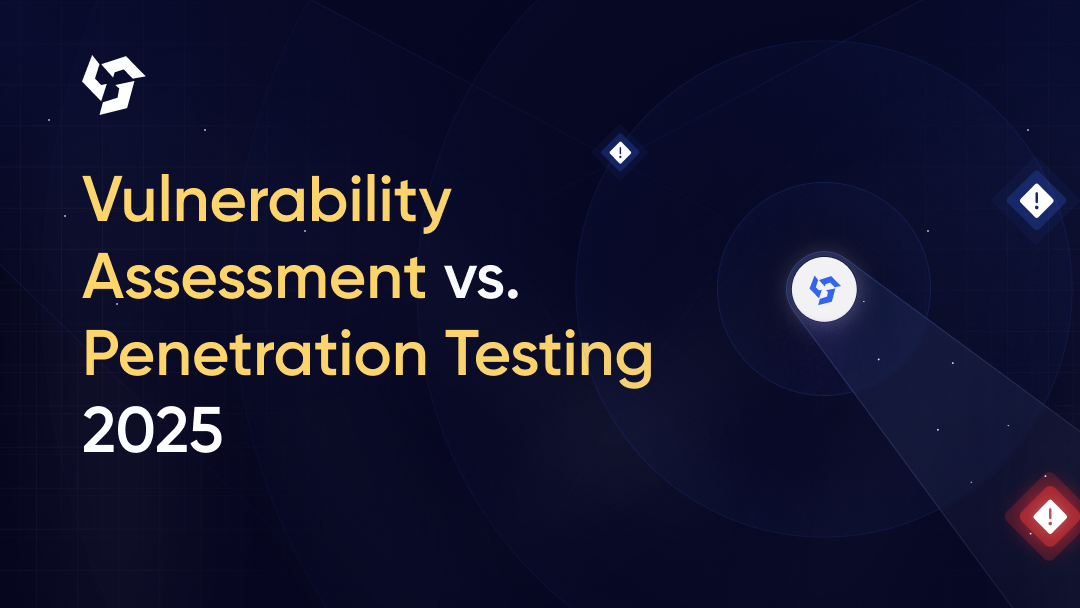

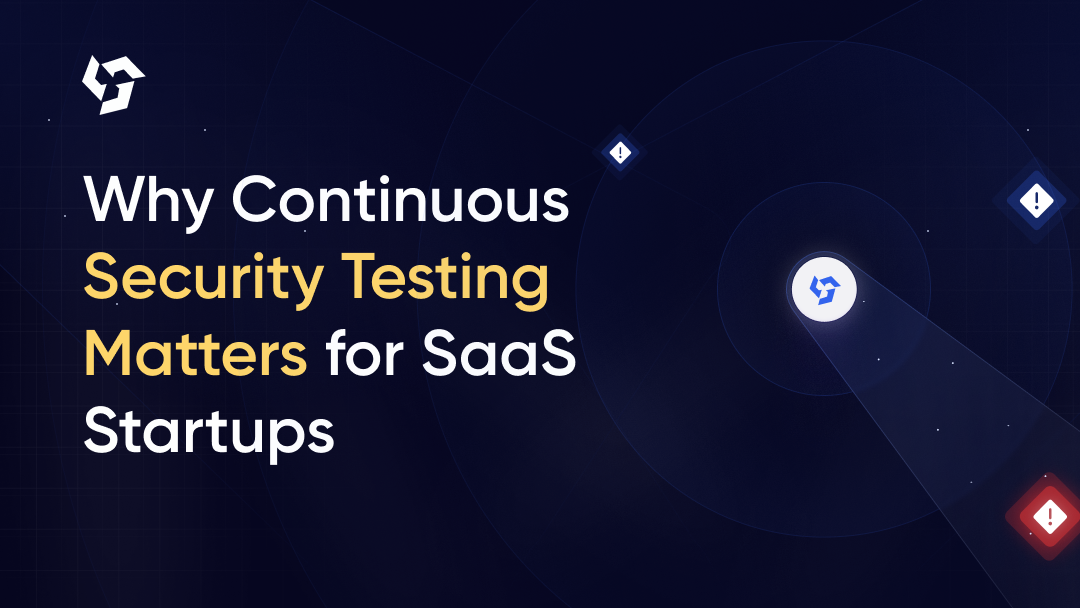
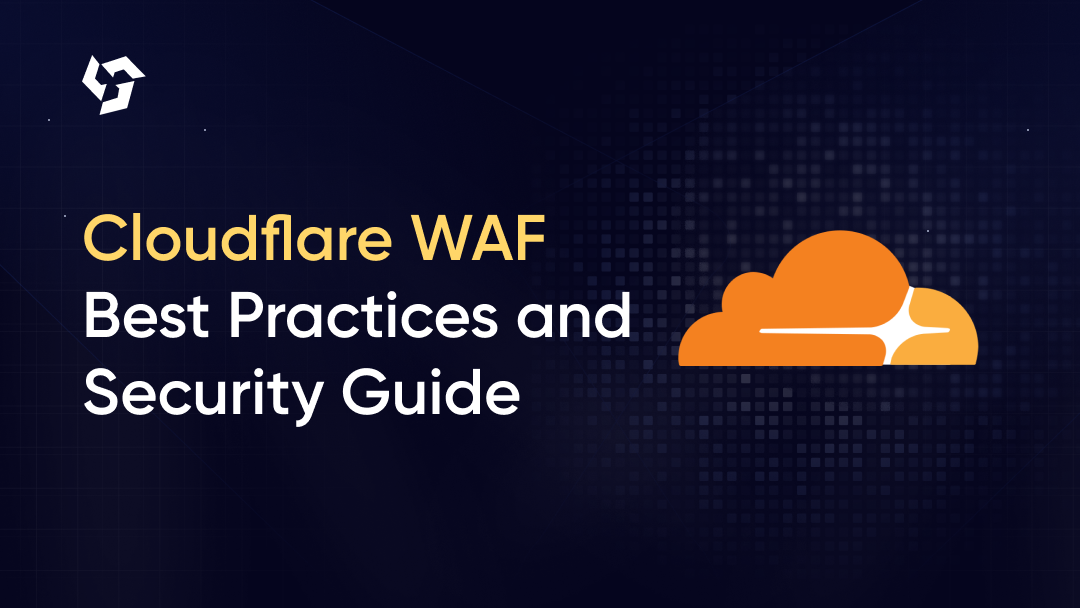

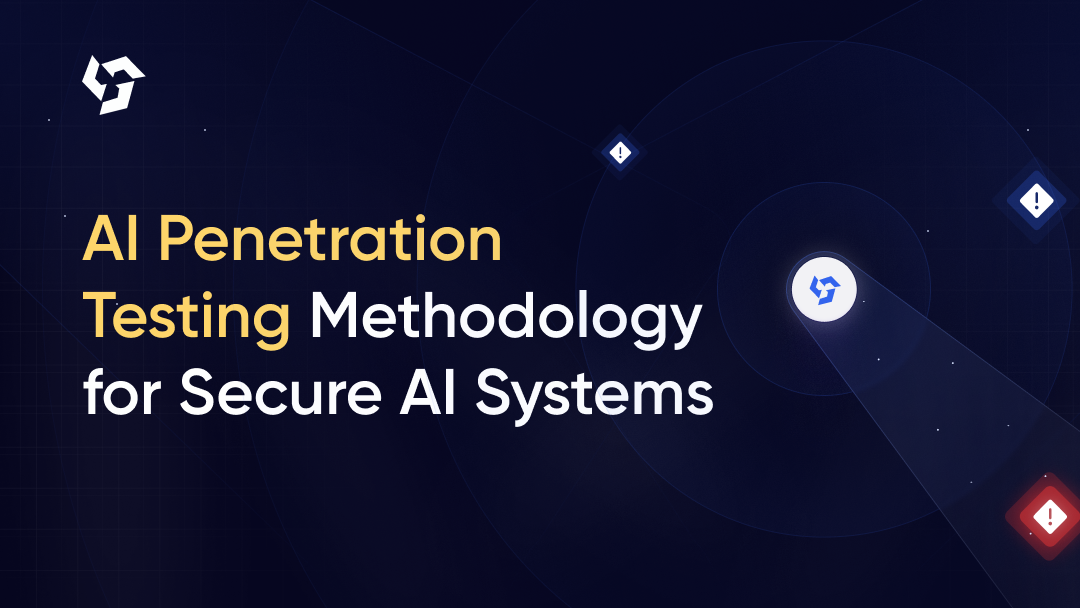
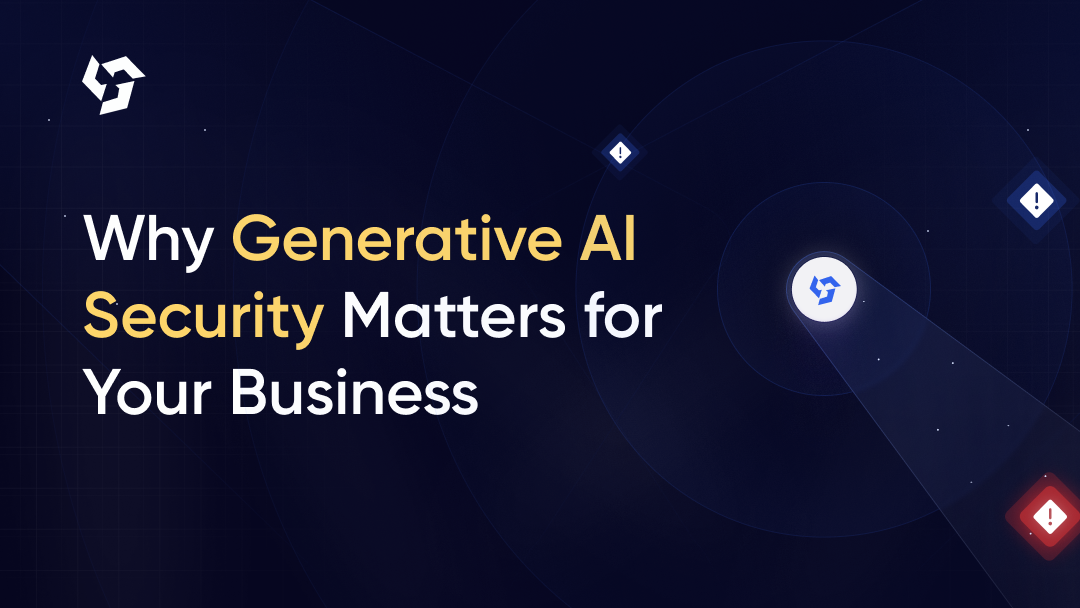
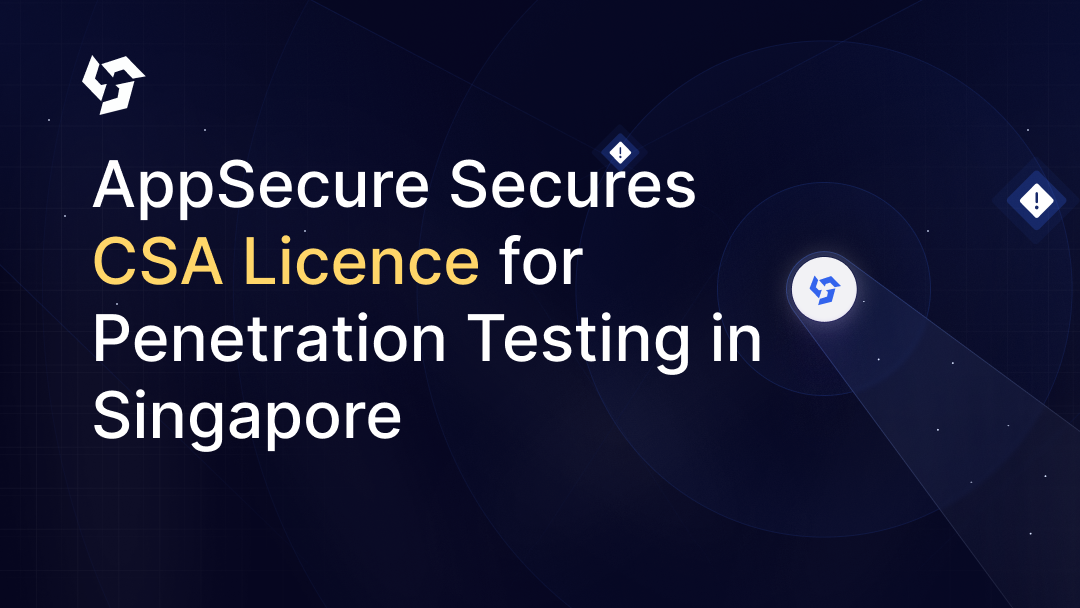
.png)
.png)
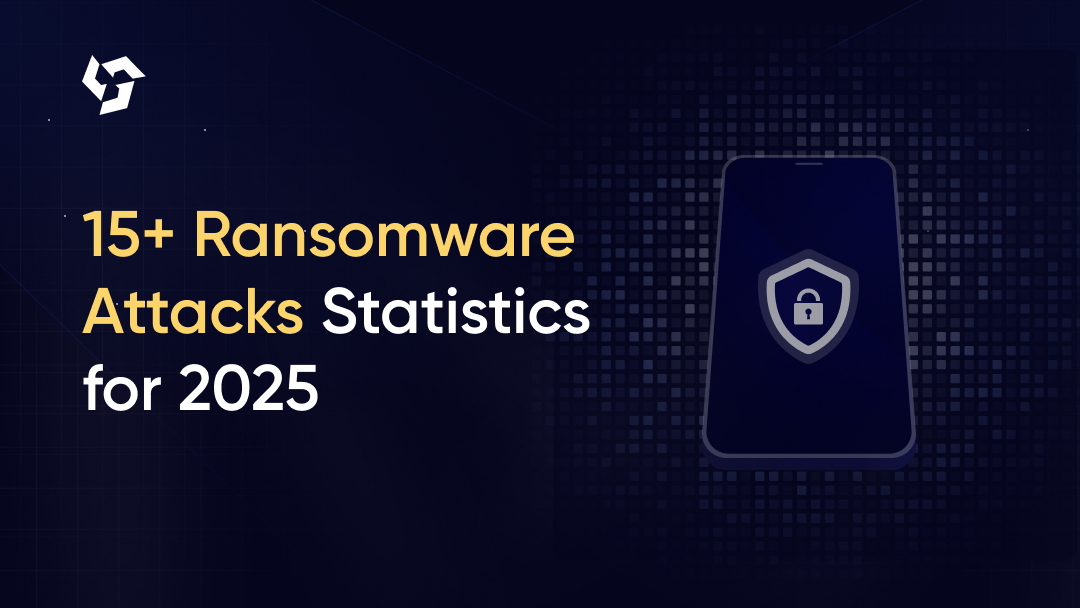
.png)
.png)
.png)
.png)
.png)
.png)
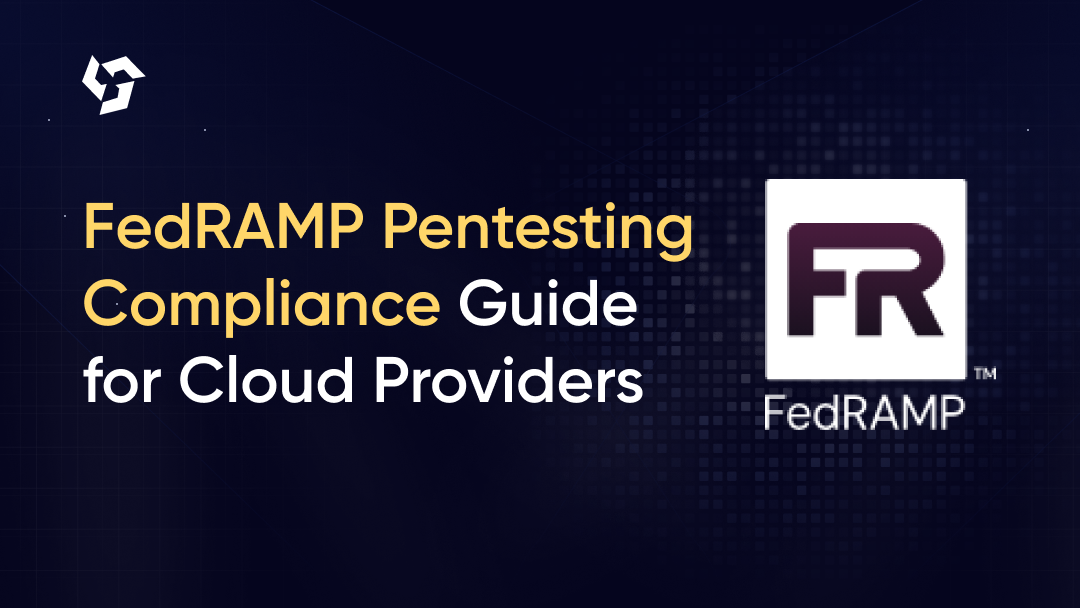
.png)
.png)
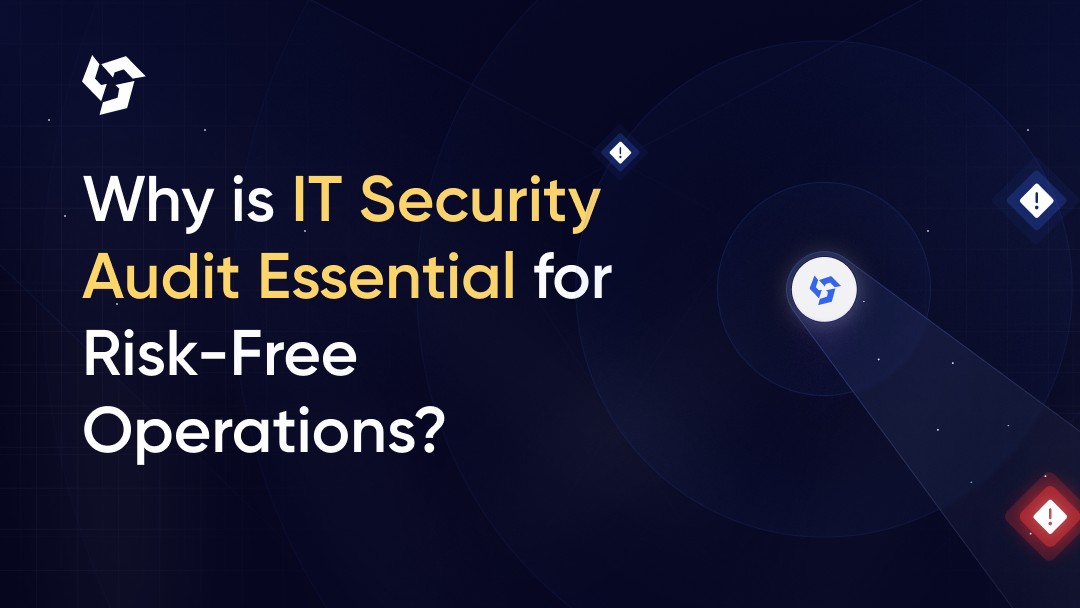

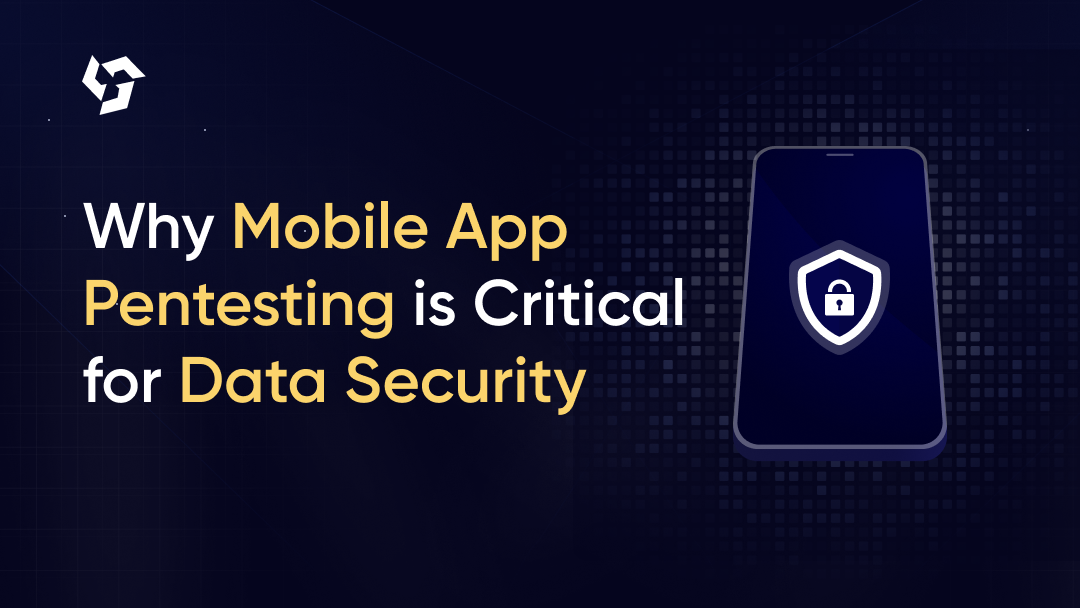
.png)
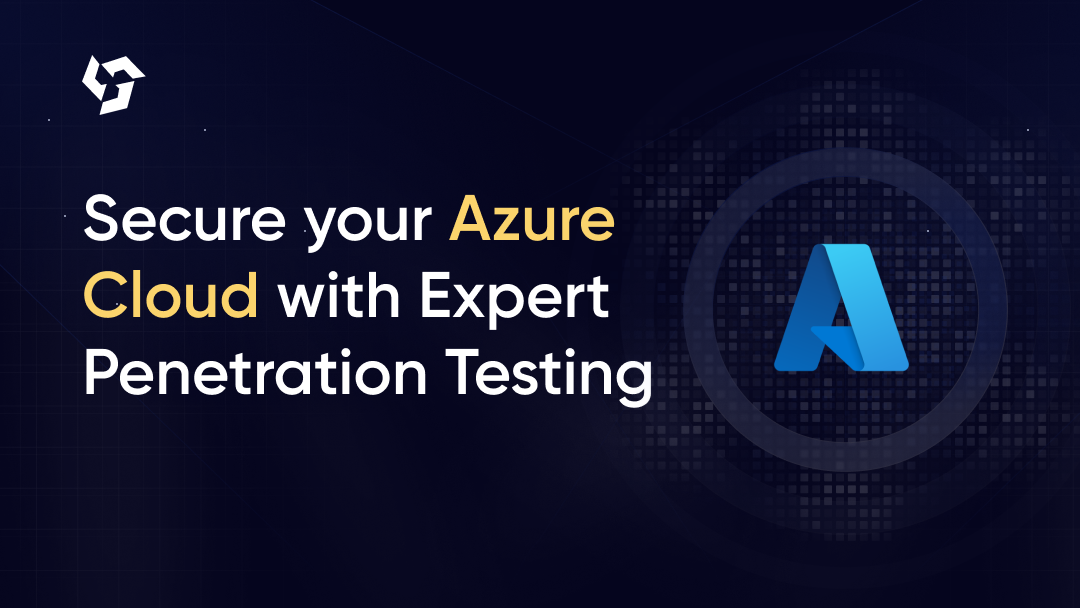

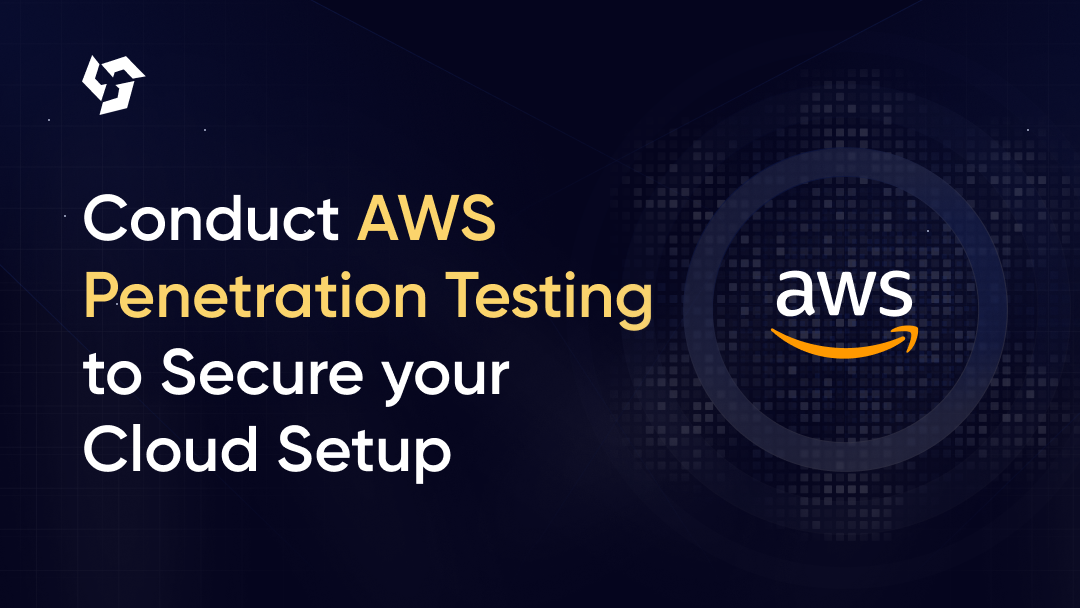
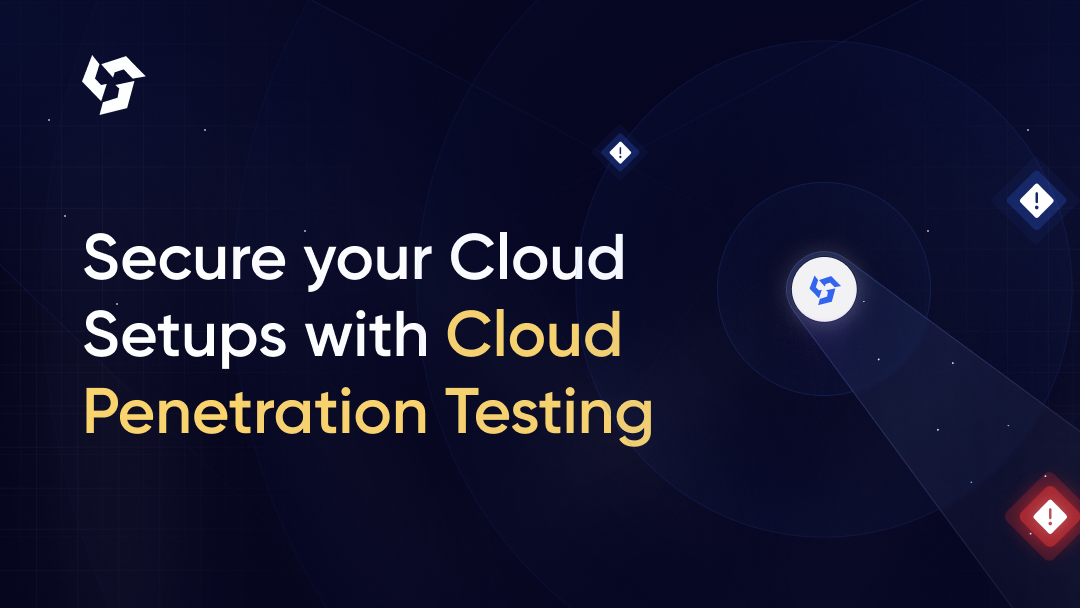
.png)
.png)
.png)
.png)

.png)
.png)

.png)
.png)
.png)
.png)
.png)

.png)









.webp)





.webp)


.webp)

.webp)



.webp)
.webp)
.webp)
.webp)













.webp)
